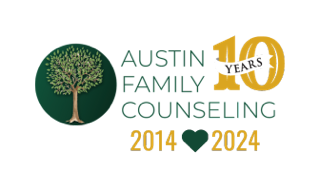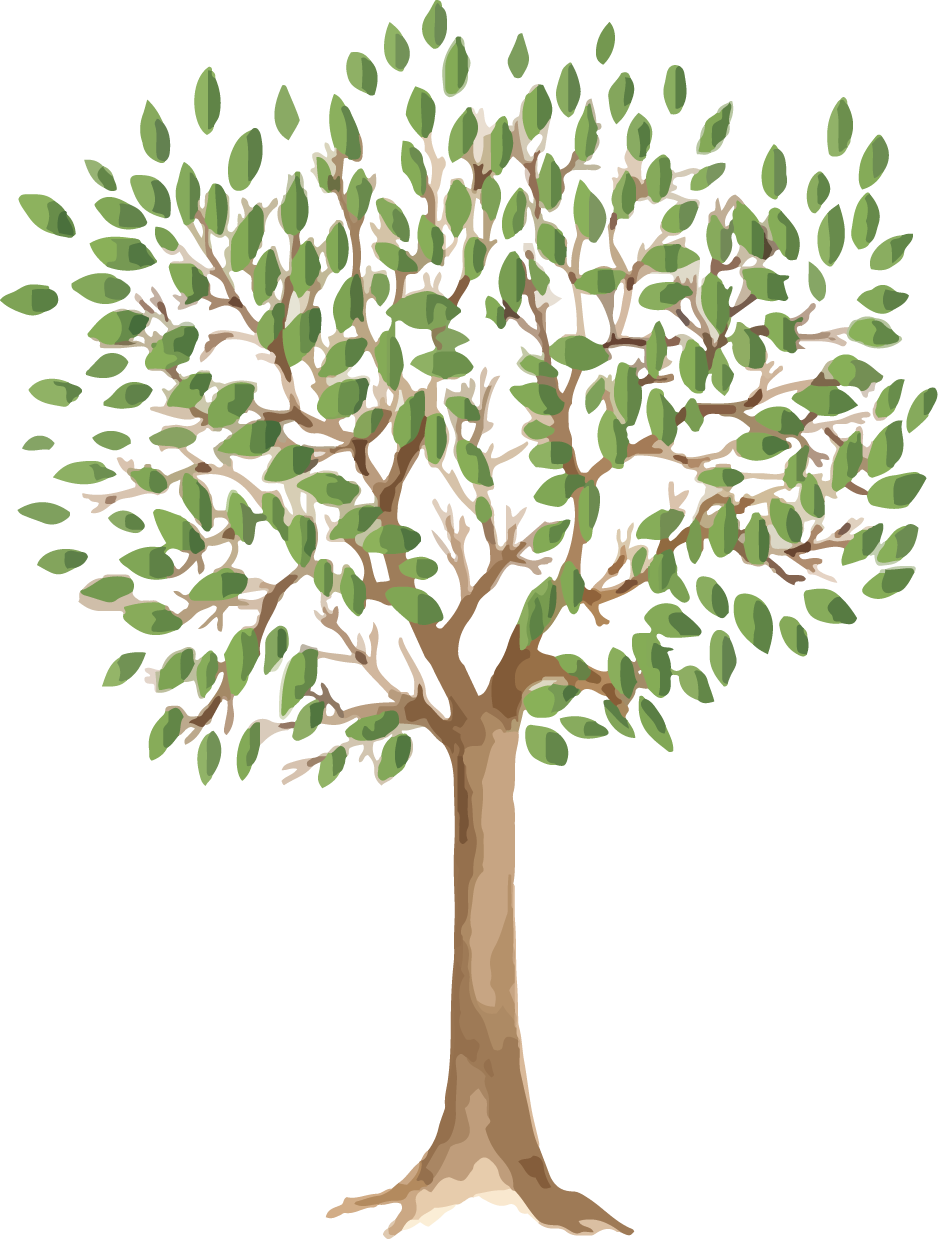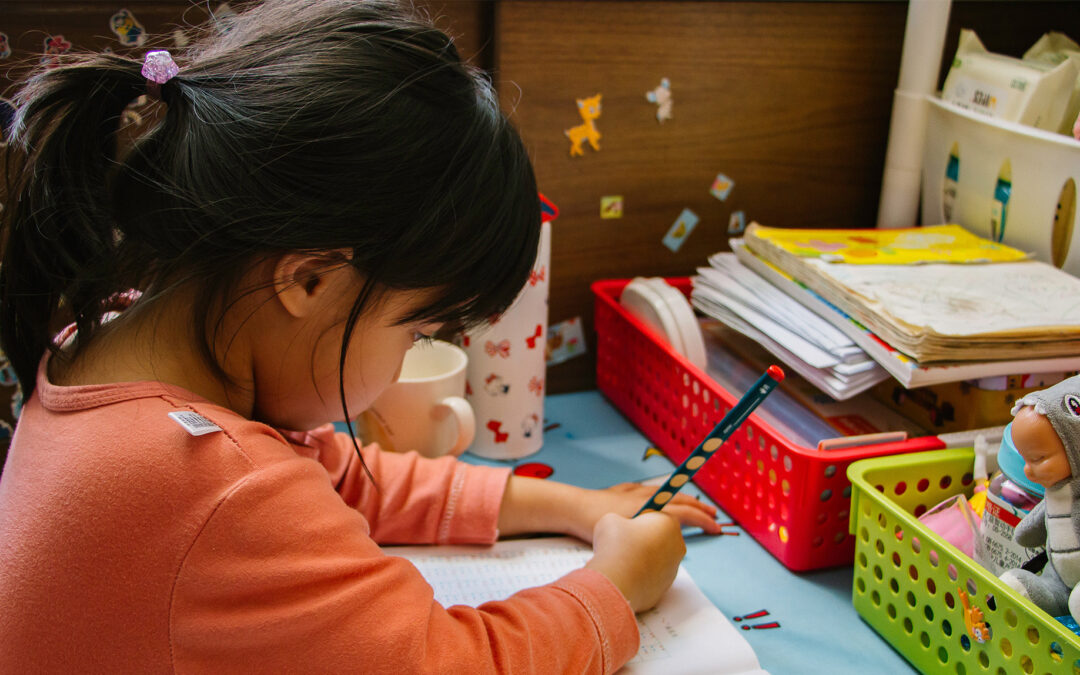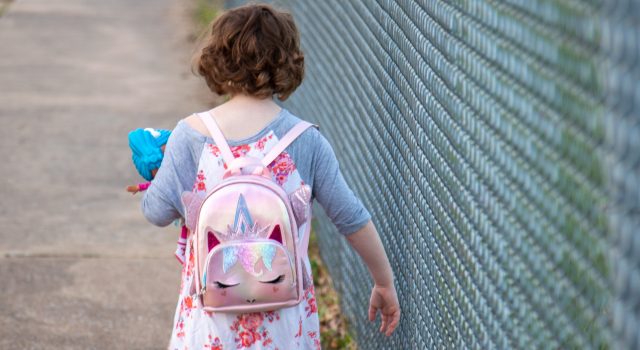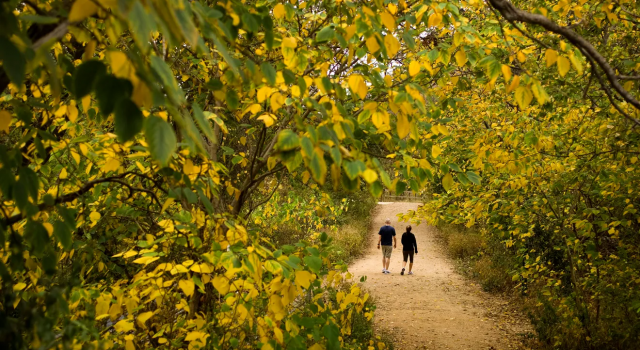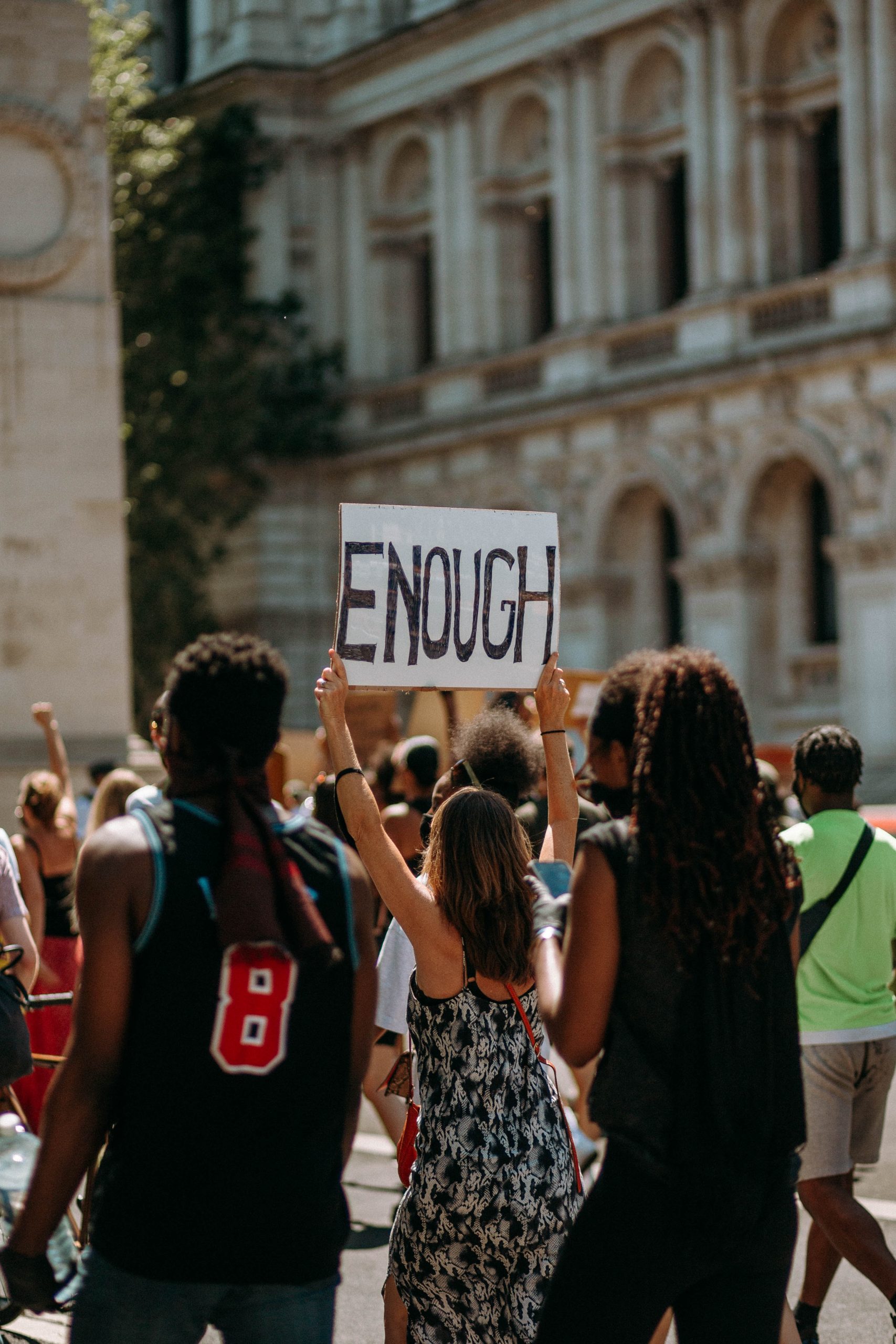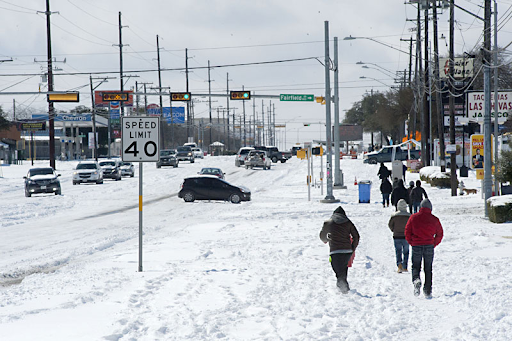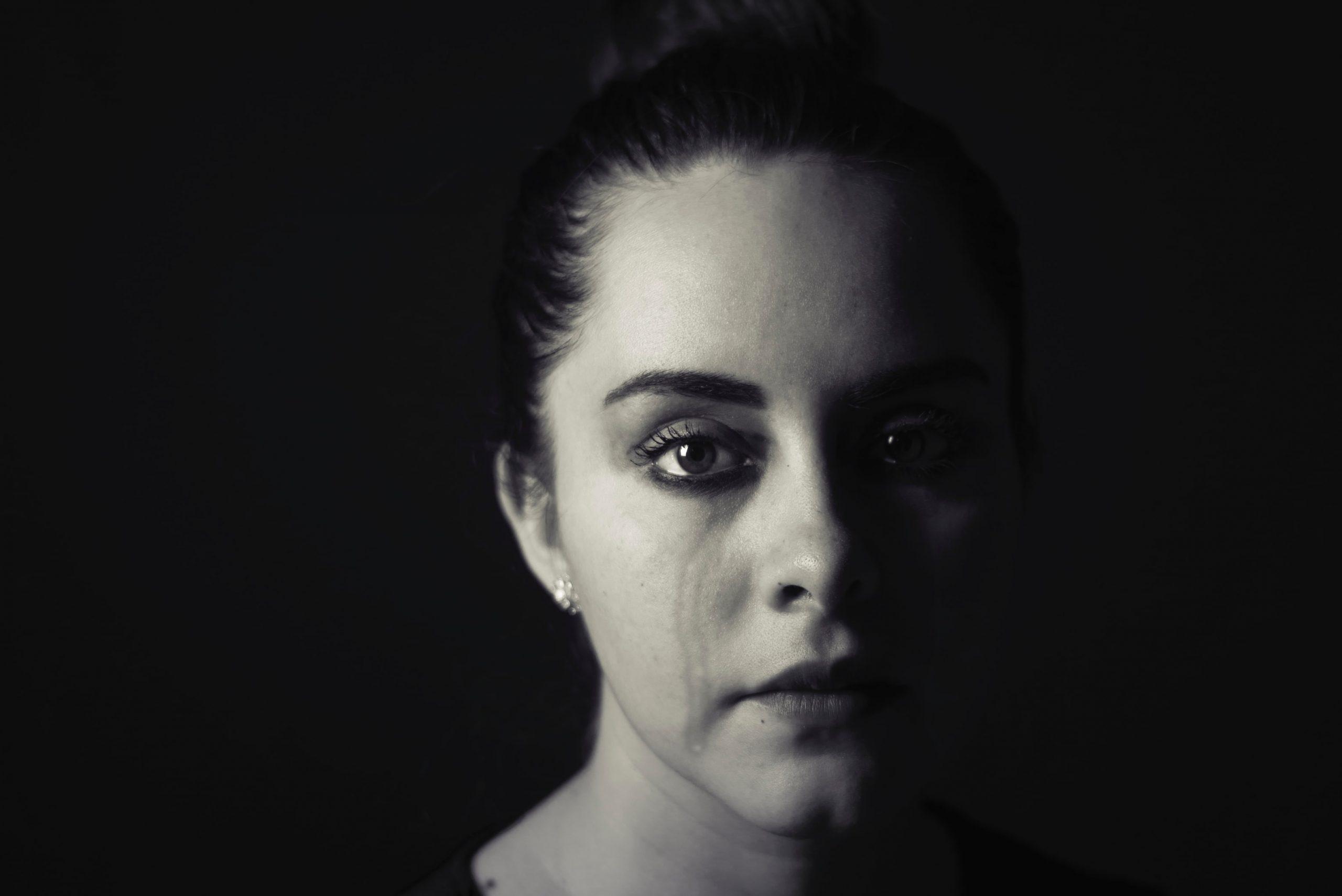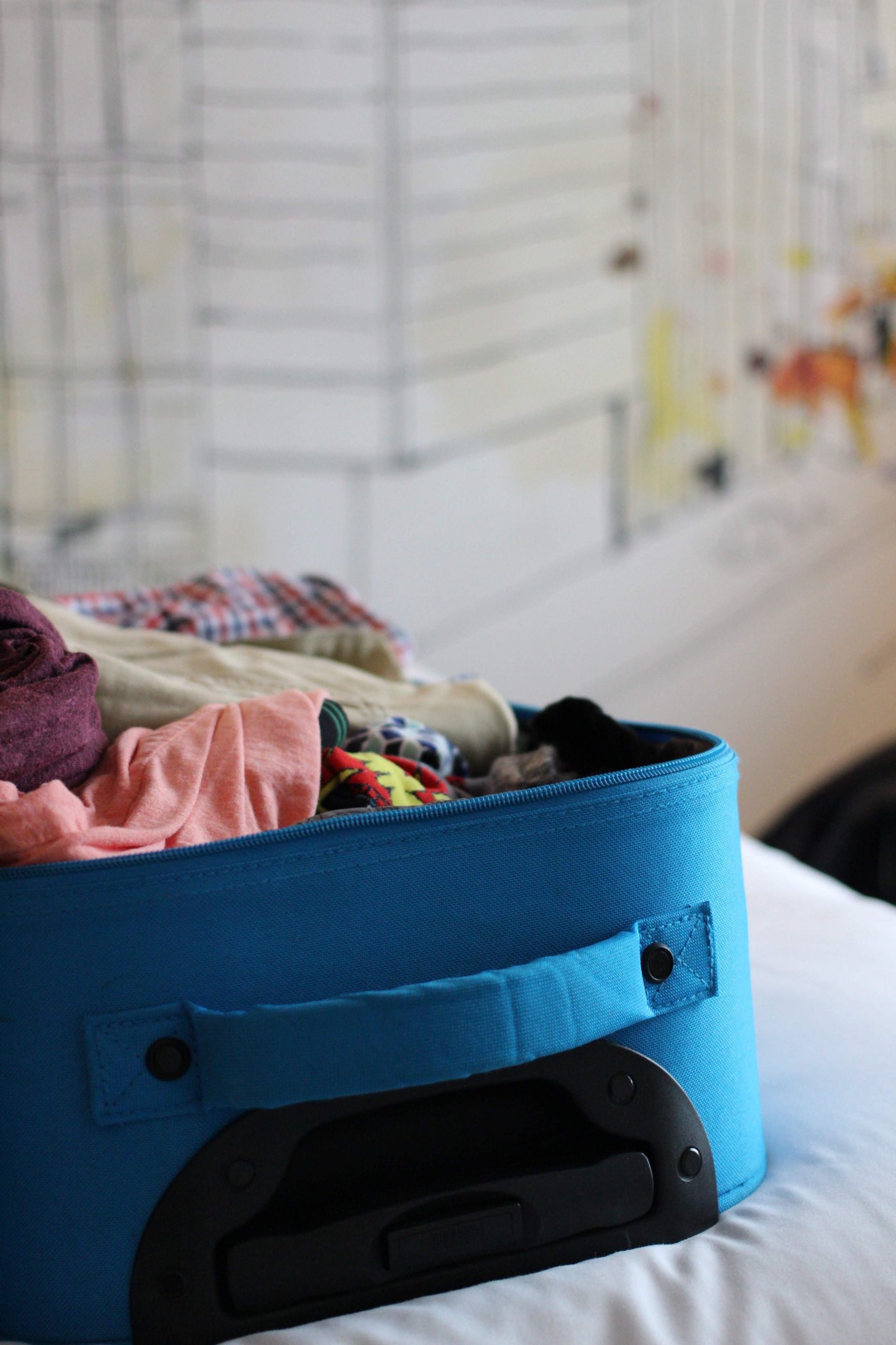My 5 year old has had a lot of observations and questions about race lately. Even though I try to shield her from the news (as I don’t think the news is appropriate for 5 year olds, generally-speaking), some racial differences are obvious and there are many questions a curious and observant child comes up with. On our neighborhood run today, she says, “Mommy, what do those signs mean….’Black Lives Matter’”? As a parent, I start to clam up a little – like how do I appropriately answer that question without providing a comprehensive history lesson? Am I the right person to answer this? Am I going to say the wrong thing? These types of questions may raise feelings of discomfort for parents and lead them to gloss right over the question or change the subject to avoid the uneasiness. PLEASE don’t do this!!! Silence is not the answer. If we as parents are unable to respond to these questions, then who can? The news? A fellow 5 year old friend? A crotchety extended family member? No, I will not let someone else be the first to answer this for my child! This is our job as parents and our opportunity as human beings to model for our children how people ought to treat and respect one another. It is our opportunity to instill the values of kindness, equality, respect and awareness of similarities and differences. It is our chance to encourage our children to get comfortable asking questions, challenging norms, and for us to nurture cultural curiosity, sensitivity and openness.
So, what are some ways we can have these essential conversations with our young children? Here are 5 ideas to get you started.
Don’t Be Silent!
No, you don’t have to pull up a YouTube video of police brutality, but you don’t have to wait for them to ask either. Kids are not color blind and racial bias can be internalized for children as young as 2-4! Don’t be afraid to talk to them about skin color and why some people’s skin is darker than others (melanin). Talk about why it is good that all people are different and celebrate this! And definitely don’t shy away from a question if they ask you directly. You are their best and most influential teacher!!!
Also, IT IS OKAY if you stumbled on some answers. If upon reflection and/or reading up on the subject, if you feel you could have said something better or differently, bring it back up with them. Children are WAY more receptive to repair than we realize and also WAY quicker to pick up on fear or discomfort than we know. Being silent or deflecting their questions could send them the message that it’s not a topic that is okay to discuss, and THAT is actually the more harmful outcome.
Keep Your Answers as Concise as Possible
These are not topics of simplicity and quite the opposite, but the attention span of a preschooler is short! You could lose them if you give too much information. If you are unsure of where to start, you can begin with teaching compassion, equality and inclusion of others that are different. You can later bring in more of the historical background information.
Be Ready for Some Confusion; This is to be Expected
For example, preschoolers tend to learn about police and first responders as “good” people in our world. So, naturally, the question arises, “But Mama, I thought police offers are supposed to help people?” Kids want things to be easily categorized – good vs bad, wrong vs right, no grey areas. Their brains are wired to see the world with this dichotomy and developmentally, they won’t fully be able to comprehend that middle area for quite some time. But, you can prepare them so that when they are confronted with the grey it is not the first time they’re exposed to a new or different perspective. You can say, “Well sweetheart, yes many police officers are good, but there are also many police officers that have used their power in bad ways. That is not okay and we want to change that.”
Expose Your Children to People of Different Races in your Community
Attend an event put on by a local social justice organization, or donate/volunteer for their cause and talk to you children about it if they are too young to join you. Visit a museum. The George Washington Carver Museum (which is currently closed due to COVID-19 concerns), is a great place to visit as its goal is to “create a space where the global contributions of all Black people are celebrated.” In the meantime, there is some virtual content on their website to explore. You could also visit the Six Square, Austin’s Black Cultural Historic District that “comprises six square miles of East Austin, home to numerous sites of significance featuring landmarks of Black architecture and design, historic cemeteries, sites of slavery and emancipation, churches and more.” Make a point to support black-owned local businesses. See a list of black-owned businesses in Austin here.
Read Books Together that Include People of all Different Races
…and with nonwhite people as heroes and protagonists. Find movies, games and apps with diverse characters. Here are a few books that that are age appropriate for young children: The Snowy Day by Ezra Jack Keats, Saturday by Oge Mora and They Day You Begin by Jacqueline Woodson. Please consider visiting Black Pearl Books, an online black-owned bookstore based in Austin, Texas. Their website has an amazing list of books to help kids understand racism and diversity. Check it out!
Talking about race with our children will only be an initial step. To raise a generation of culturally competent people, we will have to actively take steps to model anti-racism using our voices, attitudes, actions and behaviors. Ok, now go start the conversation. You can do this!!!

